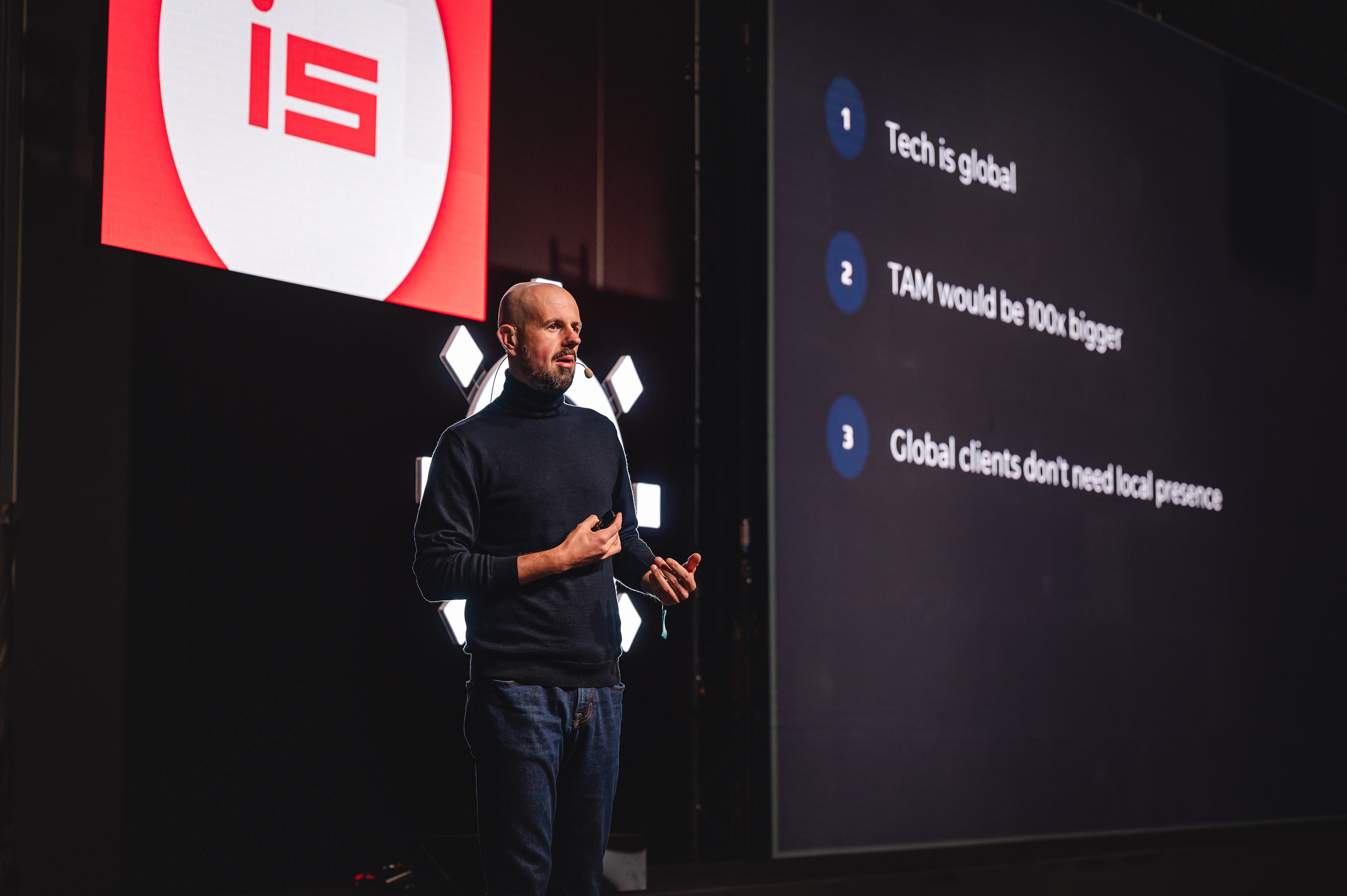Licenses evolved
First thing you need to understand when thinking about the commercialisation of Open Source is that licenses have changed a lot since the OS movement started.At the beginning it was all about free software. Then licenses like GPL occurred and on top of these licenses successful stories like RedHat were built. Basically with GPL license the easiest way of monetisation is to add professional services on top of your license. Nowadays the most popular license is MIT which is very clear and liberal. This is also well adopted among corporations. They know this license and are OK with their developers using OS components. Together with cloud computing it opened doors for monetisation in a more SaaS/PaaS like model. This is much more scalable and this is why VC are interested in OS more than ever. Number of OS VC-backed deals is growing significantly.

How to build a successful OS project
Usually you will see the following 3 phases:
- Project-community fit, where your open source project creates a community of developers who actively contribute to the open source codebase.
- Product-market fit, where your open source software is implemented and used by someone.
- Value-market fit, where you find a value proposition that customers want to pay for it.

The biggest struggle we see in the last point. So what are your options to create solid value?
- RAS (reliability, availability, security)
- Tooling, add-ons
- Performance
- Auditing
- Services
You can see 3 major business models you can create on top of these values
- Support - services, optimisation, security, consulting - this is how Divante (multiple OS eCommerce projects) and Callstack (react-native) were built
- Open Core - part of the software is OS and part is closed and commercial, larger clients pay for Enterprise Features - this is how Open Loyalty model was built
- SaaS - hosting, devops, devtools - this is how we monetize Vue Storefront
You see how this Open Source Funnel I’ve described before was working for Vue Storefront. There is a strong correlation between open source traction and revenue generated from the product. This is the alignment we are looking for.

Usually you will see a couple of revenue streams that are finally building the hockey stick we want to see.

Self service revenue coming from developers - they are using your OS product and they need some extra tools, services, products. Inside Sales for SME’s that need more security and finally Enterprise Sales where your software needs to deliver business value.
Service companies using OS growth model
I don’t see too many professional services companies investing in OS as a crucial component of the growth engine. Looks like a huge missed opportunity. Being a producer or core-contributor gives you a huge unfair advantage over other service companies.

Thanks to the open-source strategy we’ve been able to win large clients but also to win projects for technology behemoths like SAP, Samsung or slightly smaller but interesting companies like Shopware. We convince these companies that we should build their products also in an open-source culture. Thanks to that we win even more clients: no one knows these products like we do and we become the leading implementation partner.
How to make open source innovation part of your culture
I think every company can generate a lot of value from being an open source leader of their industry.
Why does it make sense for a company to open source its own software?
- You can share the cost of your IT with others and be more innovative.
- You can recruit the the best developers
- You can share some of your training cost - you generate a pool of developers who already know your software
- You can still be the first to test new features, you are in charge of the feature map
- You can build your position and alliances, thanks to all other players using your software you gain power.
- You can build IT culture much easier, and you can attract talent much easier.
We see that many (or at least some) traditional companies want to be digital-first, companies, and working with these leaders is incredibly satisfying for us. Our teams are ready to invest extra time and give exceptional engagement to help them transform their businesses by building cutting edge products together. Often, we keep developing these products and sometimes resell them to other retailers. All this makes sense, and to be honest … we see this is becoming more and more popular among companies.
In Divante we created a formal process around innovation, and we invited all employees to be a part of this movement.

Innovation Cycle starts with being aware of what is on the market already, what is missing and what is growing. We created our own Technology Radar to exchange information inside the company and to be up-to-date.

If someone has an idea he or she can start from a very simple checklist. We are looking for concepts that add value (solving real problems, using new technology).

After passing the R&D Checklist we invest in a bootstrapped prototype and then the project is moving from one phase to another.


Our learning is that we need 2 years and at minimum 500k euro to move from Phase 1 to Phase 4. This is a kind of Venture Building exercise.
Because all projects are very close to the Divante core-industry (eCommerce) almost all projects are beneficial. Some of them are stopped after Phase 1 but are still able to attract clients and generate serious revenue.

.svg)
.svg)
.svg)
.png)

.svg)
.svg)
.svg)


